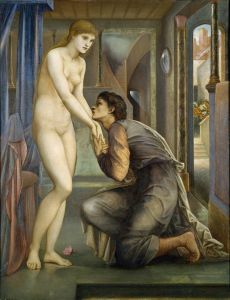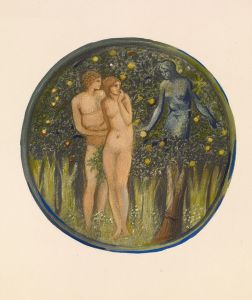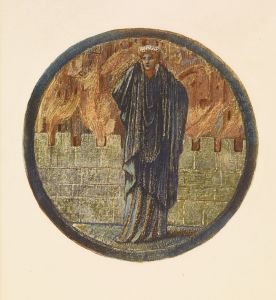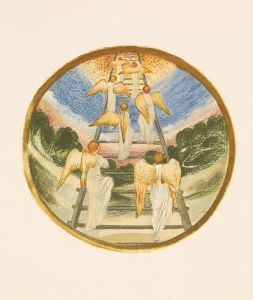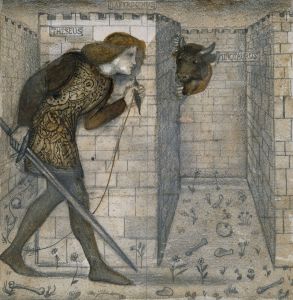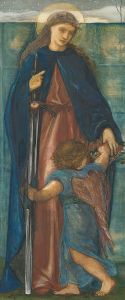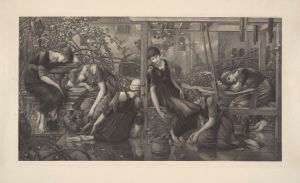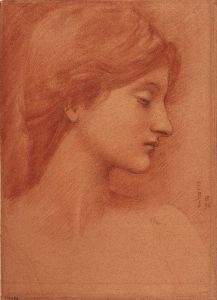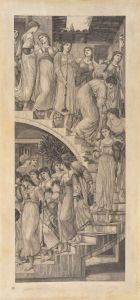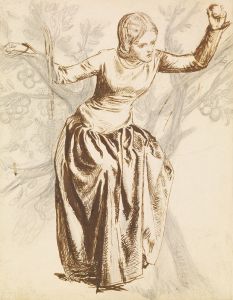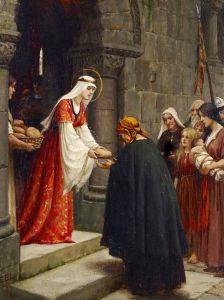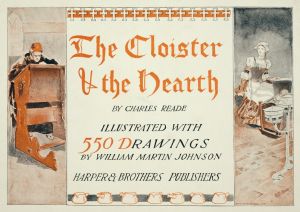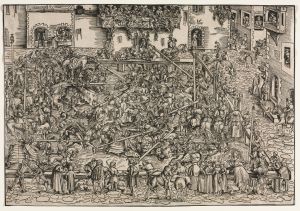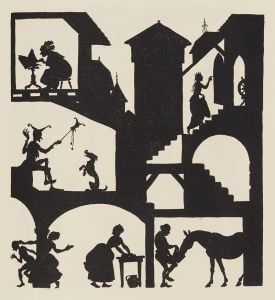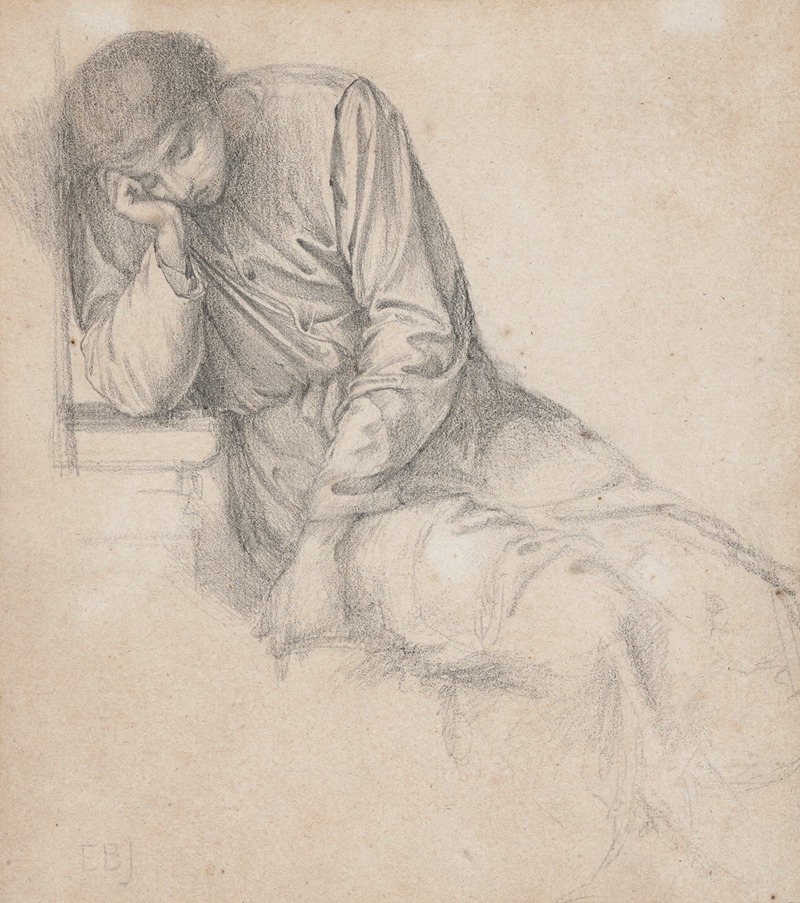
Study for ‘Chaucer’s Dream of Good Women’
A hand-painted replica of Sir Edward Coley Burne-Jones’s masterpiece Study for ‘Chaucer’s Dream of Good Women’, meticulously crafted by professional artists to capture the true essence of the original. Each piece is created with museum-quality canvas and rare mineral pigments, carefully painted by experienced artists with delicate brushstrokes and rich, layered colors to perfectly recreate the texture of the original artwork. Unlike machine-printed reproductions, this hand-painted version brings the painting to life, infused with the artist’s emotions and skill in every stroke. Whether for personal collection or home decoration, it instantly elevates the artistic atmosphere of any space.
Sir Edward Coley Burne-Jones, a prominent British artist associated with the Pre-Raphaelite Brotherhood, created the artwork "Study for ‘Chaucer’s Dream of Good Women’" as part of his exploration of literary themes through visual art. Burne-Jones was known for his intricate and romantic style, often drawing inspiration from mythology, literature, and medieval themes. His works frequently depicted ethereal and dreamlike scenes, characterized by detailed craftsmanship and a rich use of color and form.
"Study for ‘Chaucer’s Dream of Good Women’" is a preparatory work related to Geoffrey Chaucer's poem "The Legend of Good Women." This poem, written in the late 14th century, is a narrative that presents a series of stories about virtuous women from history and mythology. Chaucer's work was one of the earliest examples of English literature that focused on the lives and virtues of women, making it a fitting subject for Burne-Jones, who often celebrated feminine beauty and strength in his art.
The study by Burne-Jones likely served as a preliminary sketch or concept for a larger, more detailed piece. Such studies were common in Burne-Jones's practice, allowing him to experiment with composition, figure placement, and thematic elements before committing to a final version. These preparatory works provide insight into the artist's creative process and his approach to translating literary themes into visual narratives.
Burne-Jones's interest in Chaucer's poem aligns with the broader Pre-Raphaelite movement's fascination with medieval and early Renaissance art and literature. The Pre-Raphaelites sought to return to the detail, vibrant colors, and complex compositions that characterized art before the High Renaissance. By engaging with Chaucer's text, Burne-Jones was able to explore themes of love, virtue, and the idealization of women, which were central to both the poem and the artistic values of the Pre-Raphaelite Brotherhood.
The study likely features Burne-Jones's signature style, with elongated figures, flowing drapery, and a sense of otherworldly grace. His depiction of women often emphasized their beauty and dignity, reflecting both the ideals of the Pre-Raphaelite movement and his personal artistic vision. Although specific details about the composition of this particular study are limited, it can be inferred that Burne-Jones's work would have captured the essence of Chaucer's poetic tribute to women.
Overall, "Study for ‘Chaucer’s Dream of Good Women’" exemplifies Burne-Jones's ability to intertwine literature and art, creating a visual homage to Chaucer's exploration of female virtue. Through this study, Burne-Jones not only paid tribute to a foundational work of English literature but also contributed to the ongoing dialogue between visual and literary arts that defined much of his career.





